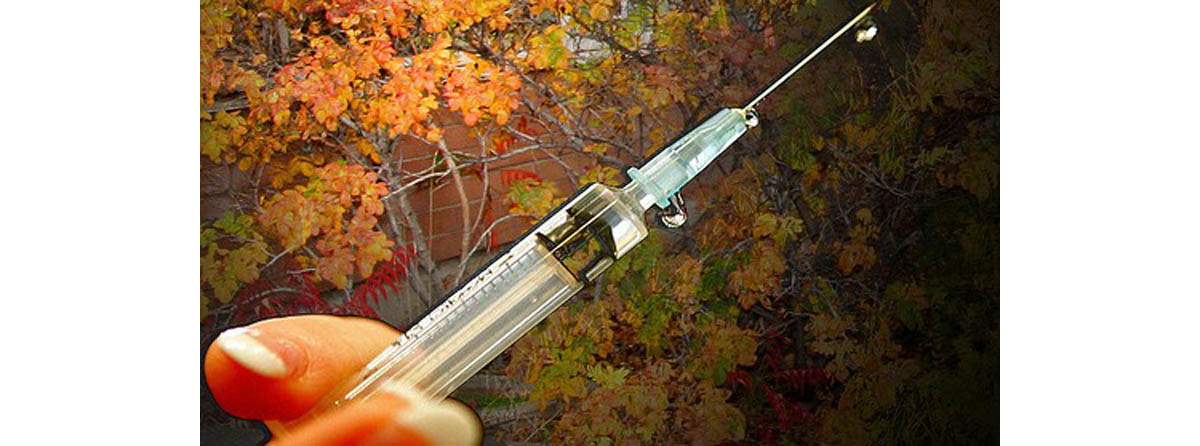Table of Contents
There were many attempts to develop a broad spectrum vaccine capable of preventing flu. Most of them, unfortunately, didn’t bring the desirable result. However, the results of new study recently published in Nature give hope that such a vaccine is likely to be available soon.

Researchers from pharmaceutical giant Sanofi have found one very conservative region in the influenza virus structure. It is located in the spikes that stick out of the virions surface and are made of specific viral protein called hemagglutinin. Since this particular part of virus is very conservative, it stays pretty much the same in all viral strains. Any changes of this part of hemagglutinin protein disable virus from interacting with human epithelial cells and infecting them. This is a reason why this conservative region stays practically unchanged across the variety of viral strains even though many other parts of virus can and do change dramatically, often beyond recognition.
New vaccine is capable of protecting against most flu strains recorded in more than 70 years
Researchers have developed a vaccine that recognizes and targets this particular region. Recognition of virus by vaccine triggers the adequate immune response and provides protection from infection. In the early experiments, new vaccine worked very well. It provided protection against many strains of the virus that were observed worldwide during 73 years between 1934 and 2007.
Despite these encouraging findings, scientists warn that new vaccine still have limitations. It works well only for viruses that have a particular type of hemagglutinin called H1. Most strains of seasonal flue belong to this group, but other potentially threatening versions of influenza such as avian flu have a different hemagglutinin type. Therefore, new vaccine is unlikely to protect from them. Nevertheless, protecting against the majority of common influenza strains is already a big step in the right direction. More work need to be done to develop vaccines against other forms of the virus.
How soon new vaccine will become available?
What we can reasonably expect in the near future as a result of this development? Testing of every new drug and medical treatment takes time but vaccines are usually developed faster than drugs. If safety tests are successful, the vaccine will be available in the next few years. This vaccine will be different from others: due to its broader spectrum, there will be no need to do vaccination every year. The vaccine is likely to work for several years and successfully combat the future seasonal varieties of influenza.
- Masaru Kanekiyo, Chih-Jen Wei, Hadi M. Yassine et al. Self-assembling influenza nanoparticle vaccines elicit broadly neutralizing H1N1 antibodies. Nature. Published online 22 May 2013
- Jefferson T, Jones MA, Doshi P, et al. (2012). Neuraminidase inhibitors for preventing and treating influenza in healthy adults and children. Cochrane Database Syst Rev 1: CD008965
- Horwood F, Macfarlane J (October 2002). Pneumococcal and influenza vaccination: current situation and future prospects. Thorax 57 (Suppl 2): II24–II30
- Beigel J, Bray M (April 2008). Current and future antiviral therapy of severe seasonal and avian influenza. Antiviral Res. 78 (1): 91–102
- Photo courtesy of Sanofi Pasteur by Flickr : www.flickr.com/photos/sanofi-pasteur/5282941495/
- Photo courtesy of Thompson Rivers University by Flickr : www.flickr.com/photos/thompsonrivers/8123505301/


Your thoughts on this